& Construction

Integrated BIM tools, including Revit, AutoCAD, and Civil 3D
& Manufacturing

Professional CAD/CAM tools built on Inventor and AutoCAD
12 min read
We chase after faster and thinner smartphones every year, lining up outside stores days before just to be one of the first to rip into that shrink-wrapped box. And we’re constantly pouring more transistors into our computers, looking for ways to make things better, faster, and stronger than ever. But then we turn our attention to something like transportation, and well, that story just isn’t changing much at all, now is it? We’ve still got cars that crawl along roadways in our traffic-congested commutes. We’ve still got trains that snake slowly along our landscapes. Or airplanes that feel like the seats are getting smaller and more constricted as the years draw on. This all makes you wonder, for how obsessed we are with improvement and evolution in consumer technology, why hasn’t our development in transportation kept pace? This is the question that the Hyperloop is trying to answer.
We’re all familiar with today’s methods of transportation, whether that’s on the road, water, air, or by railway. All of these methods have three things in common – they’re expensive to maintain, not as fast as we’d like them to be, and they pump out some unpleasant stuff into our environment.
So what’s society to do when their primary method of getting around in this world comes with a lot of baggage? It’s time to put inject some innovation into our ways of moving. This is where the Hyperloop concept comes in. In a nutshell, it’s an idea for a high-speed transport system created by the one and only Elon Musk that can travel over 700 mph. The only transportation system that comes close to matching that speed is the Maglev train in Asia that only goes 347 mph. We’ve got some catching up to do.
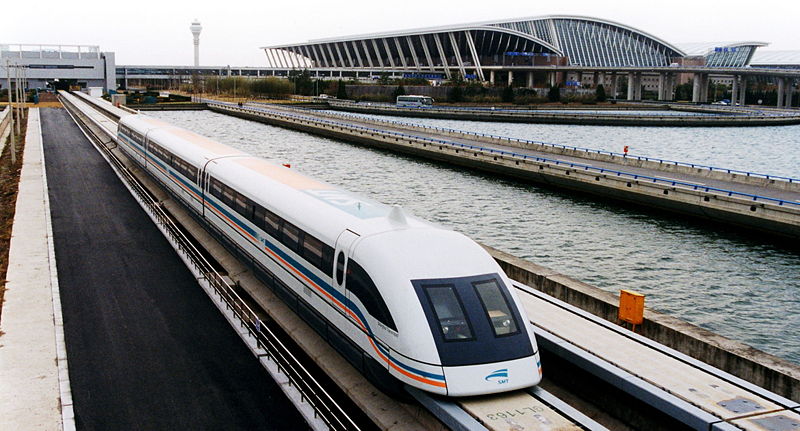
Why the need for a transportation system better than what we’ve got though? After all, we get around just fine as we do. That evening commute is just a fact of life, and we all consider air travel to be the holy grail of human mobility. But engineering is all about making things better, and that’s what Musk wants to do.
The concept for the Hyperloop came about when Elon Musk learned about the proposed development of the California High-Speed Rail System. Needless to say, Musk wasn’t impressed at the proposed “bullet” train that was going to be one of the most expensive and slowest moving trains in the world.
In Musk’s opinion, if you were going to invest billions into building a new transportation system, then it should probably have equally massive gains in safety, efficiency, convenience, and sustainability. But instead, what Musk saw was a state that was willing to throw tens of billions of dollars down on a system that wasn’t any faster, and wasn’t any more efficient to create. And so his idea was born for the Hyperloop. This concept presents some interesting benefits for our perceptions of transportation, including:
In the mind of Elon Musk, the Hyperloop will become the fifth mode of transportation next to airplanes, trains, automobiles, and ships. It’s going to be a whole new class of mobility on its own. All for only $6 billion. Are you taking note, California?
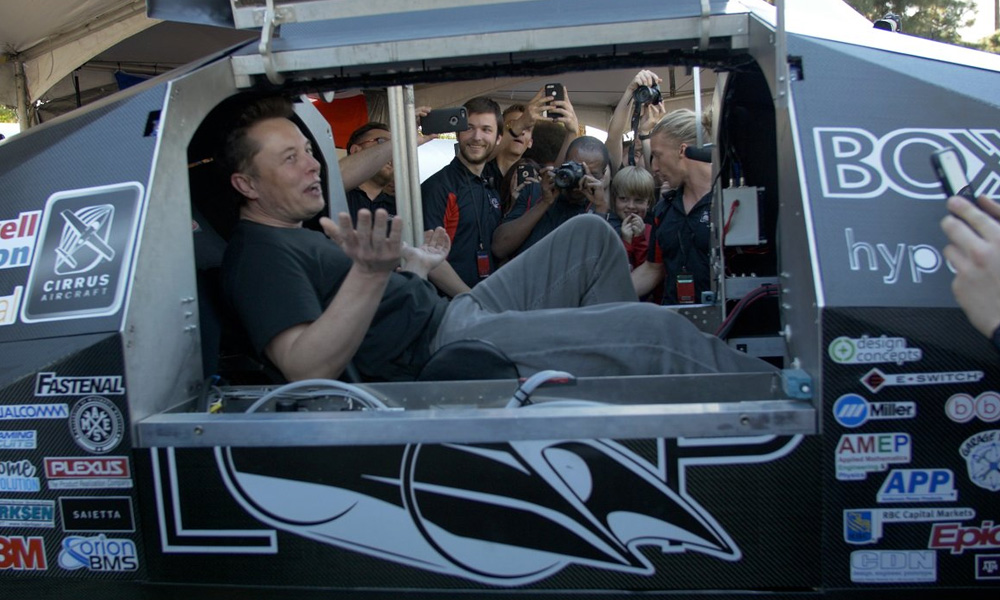
Elon Musk has an interesting way to describe how his Hyperloop concept will work, describing it as a kind of “cross between a Concorde, a railgun, and an air hockey table.” How will this happen? At the core of the Hyperloop are three primary scientific principles at work:
When you break all of these scientific principles down, the real aim is this – to create a transportation system that has the least amount of friction as possible. Because when you put rubber on the road, or run metal on a set of rail tracks, or try to ascend and descend a metal can through the air, you’re always fighting against the elements to pick up the speed you need.
At the heart of this frictionless system in the Hyperloop is the Pod, which will initially house passengers, and maybe even cars in the future. By placing a pod inside a tube, you can create an environment that’s very similar to how an aircraft travels at high altitudes. The less air pressure present, the less friction applied, and the faster you can travel. This entire Hyperloop system was broken down into several components by Musk, allowing it to travel at 700+mph with the help of:
These motors will get their power through the magic of induction and the simple inductors that you use in your electronic designs! By placing inductors at set intervals along the track of the Hyperloop tube, the pod will be able to keep its motors charged at a fast and efficient pace.
We all know that induction is amplified when you add a core to the inductive material. The Hyperloop pod will have a set of magnetic “skis” on its side to act as the inductive core, to take advantage of this fundamental electromagnetic principle
Musk proposes that this entire Hyperloop operation can be powered simply through the placement of solar panels on the roof of the Hyperloop transport tube, that’s it. No fossil fuels required, and you can store all of the generated energy in a series of Tesla battery packs.
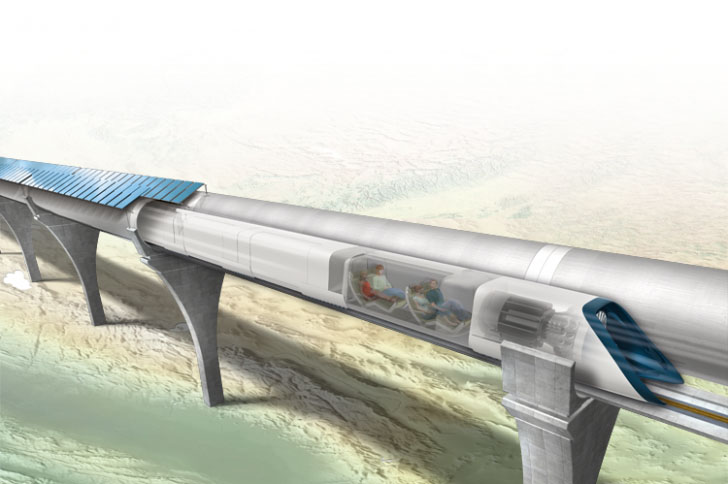
If you haven’t caught on by now, all of these ideas presented by Musk are some heavy concepts backed by lots of engineering concepts. And like any good idea, there’s a bunch of holes that need to be filled in to make this a reality. Here are just a few of the problems that are needing to be addressed:
Achieving the high theoretical speeds of the Hyperloop will require a path of travel that doesn’t include drastic turns or changes in elevation. Because of this, the Hyperloop will need to be built on flat terrain with a straight path of travel. But how is this going to work in places with more rugged and varied terrain? Musk has it figured out for California, just build a Hyperloop tunnel in line with the 5 freeway, it’s already flat and straight enough.
Given the tight spacing between the Hyperloop tube and pod, there’s going to be a ton of air building up that needs to go somewhere. The pod could push all of this air forward, but that will just slow the whole system down. Musk instead proposed adding an air compression system in the front of the pod that will move from air the front of the pod to the rear.
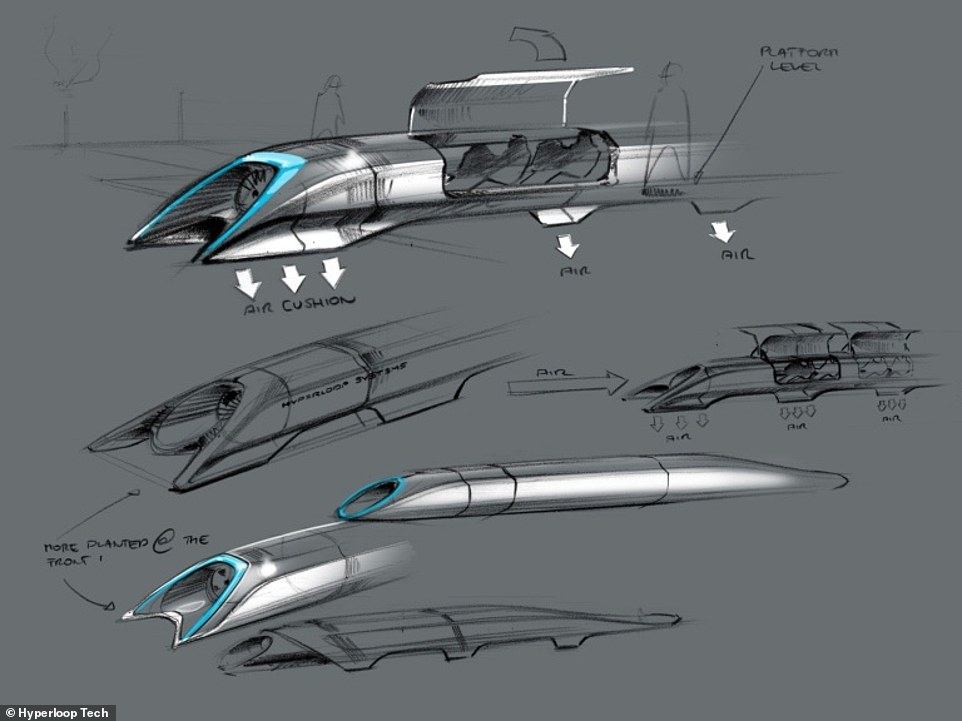
California presents an interesting testing ground for the Hyperloop concept with its unexpected earthquake hazards. So how do you go about ensuring the safety of passengers hurtling along at 700 mph when the slightest bump or jolt can send the entire operation into chaos? Musk proposes to mount the Hyperloop tube on a series of pylons placed every 100 feet. This will allow for slips from earthquakes without impacting the pods and tubes.
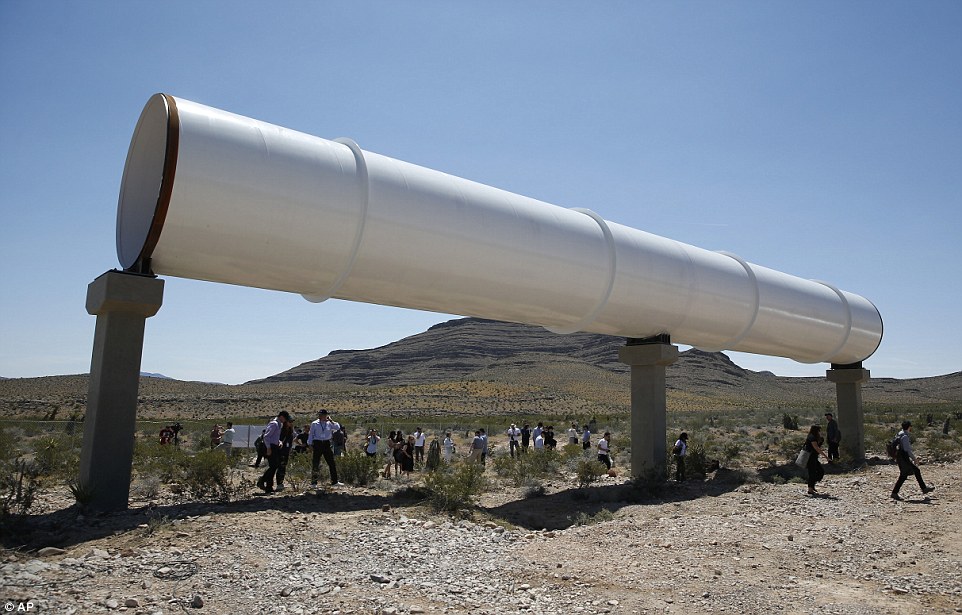
Elon Musk is a busy guy with trying to build the world’s next energy empire or making space travel more cost efficient with reusable rockets over at SpaceX. If you think he has the time to overturn yet another stagnant industry, then think again. Instead of building the Hyperloop himself, Musk has taken on a new approach, providing his idea as open source technology for others to improve.
So far the results have been amazing. On January 30, 2016, SpaceX hosted a Hyperloop design competition where more than 100 prototype pod designs were submitted. The winner was a team of grad students from MIT, who designed a pod that was light, focused on speed and safety, and included a fail-safe brake system. They also used a pair of neodymium magnets to levitate their pod, whereas most other prototypes used an air jet system.
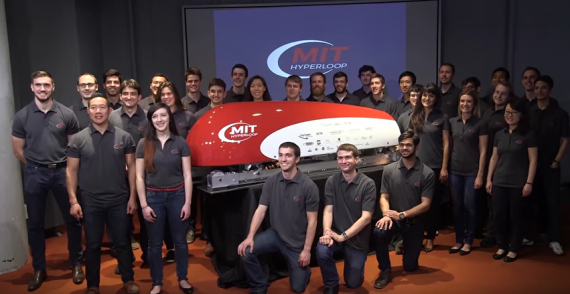
From this competition, SpaceX chose 27 designs to participate in another Hyperloop competition where the contestants could race their pods along a mile-long test track in California. The winner this time wasn’t MIT, but a team from Delft University in the Netherlands. What’s next on the horizon for Hyperloop competitions? This year from August 25-27 contestants will be meeting yet again to see which pod will be able to achieve the highest maximum speed.
While these contests are a great way to move the Hyperloop concept forward, at the end of the day, it’s all comes down to money. Are businesses interested in investing in the vision that Hyperloop is presenting for the future? You bet, and there are a few groups at play that are working to make this happen:
This is yet another crowdsourced engineering project, filled with engineers and scientists all working on a Hyperloop pod in their free time. HTT has engineers from all over the place, including companies like Tesla, SpaceX, and NASA. Every person that gets involved with HTT is offered stock options as an incentive to participate in the group’s success.
For testing grounds, HTT is looking to build a five-mile track in Quay Valley, an environmental community that runs fully on renewable and sustainable technologies. If all goes according to plan, they’ll have their facilities open to passengers by 2018.
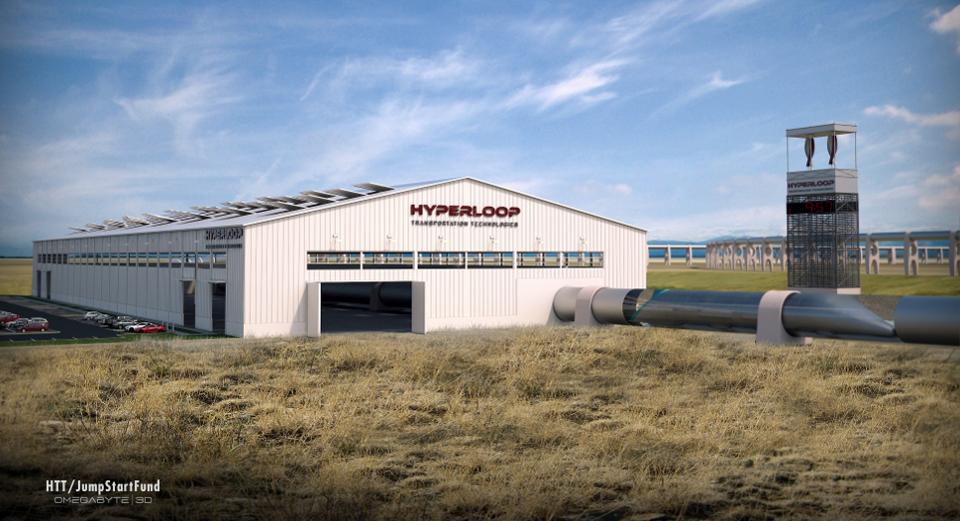
This group is backed by venture capitalist Shervin Pishevar, who had his hands in companies like Uber and Airbnb. Pishevar also happens to be friends with Elon Musk. HT also has Brogan BamBrogan on board to lead the engineering side of the project. This is the guy responsible for designing the Falcon 1 rocket and the Dragon spacecraft at SpaceX. Needless to say, this group has some serious intellectual and financial muscle.
For testing rounds, HT has already built their first test facility at the Apex Industry Park in Las Vegas, Nevada. And in May 2018 they completed their first successful systems test.
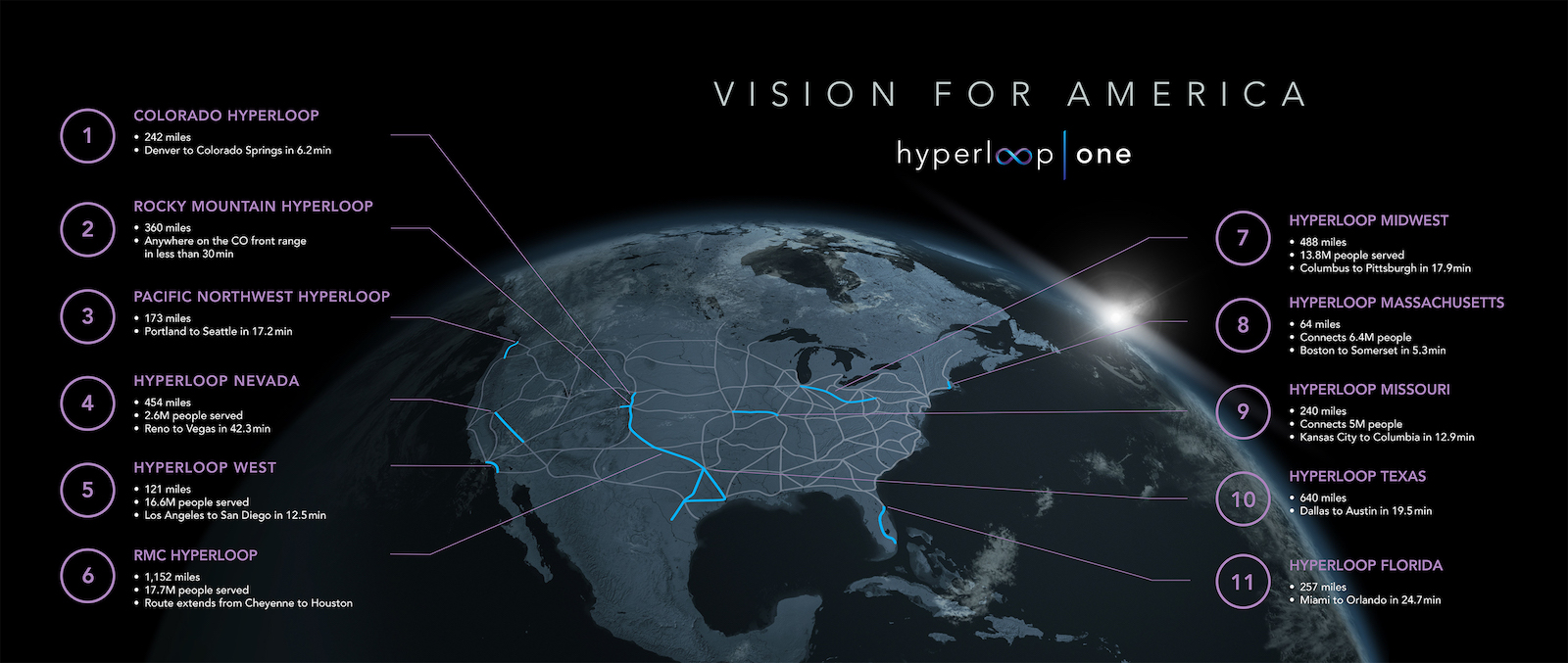
On the other side of the spectrum, we’ve got another crowd-sourced team, this one finding its home on Reddit at rLoop. This group is a dedicated team of professionals and students that have come together from all around the world to design a Hyperloop pod. In January 2016 rLoop won a prize for the best non-student team at the first SpaceX Hyperloop competition. And they’re also on their way towards competing in the second Hyperloop competition for the fastest maximum speed.
Can these underdogs that have collected together on Reddit to share their passion for the future of transportation come out above the rest? Only time will tell.
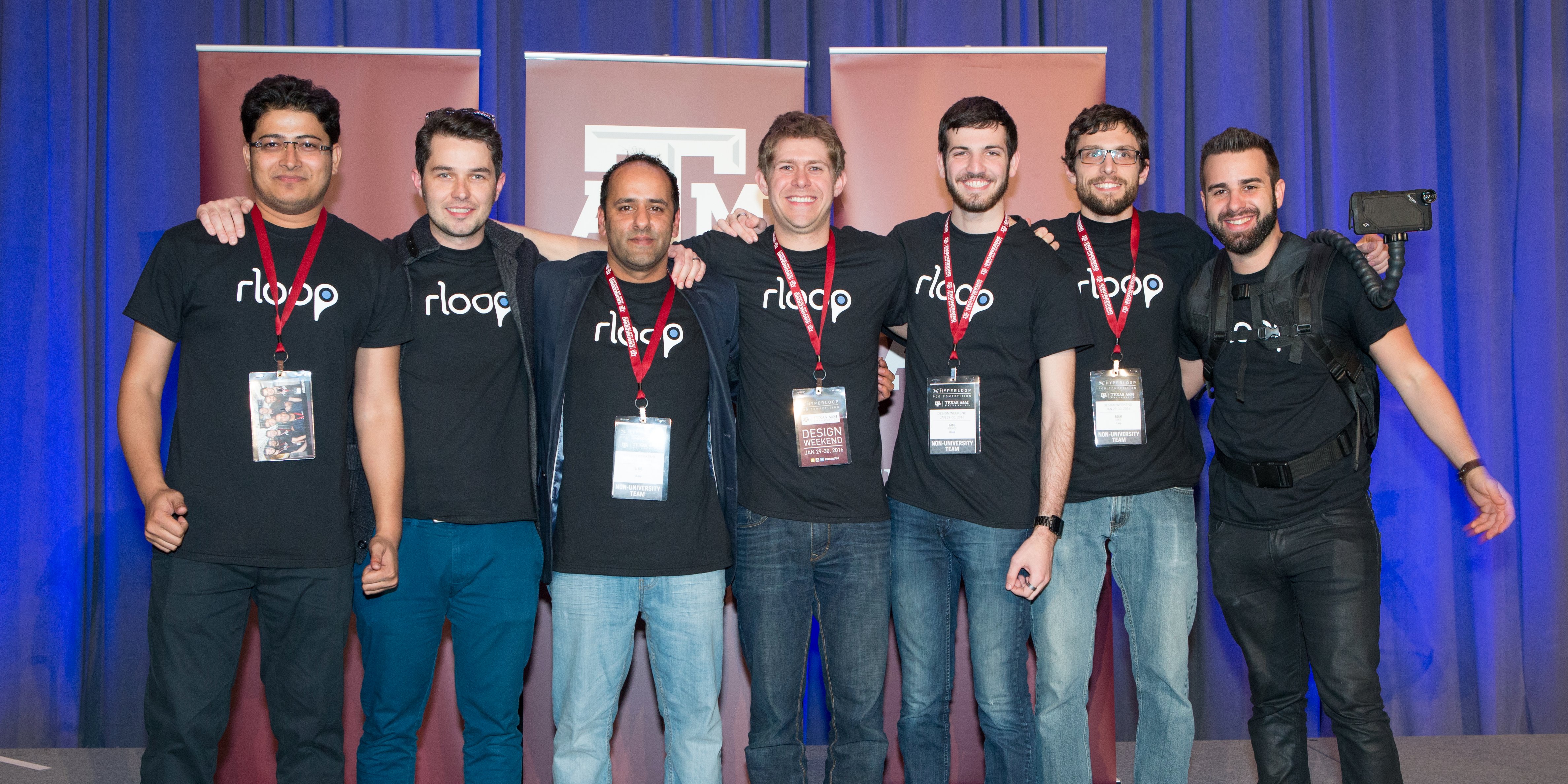
Whichever group ends up winning the Hyperloop competition, it’s pretty clear that this concept is poised to change the future of human transportation as we know it. People are already thinking big here. HT revealed in April 2017 their Vision for America, which proposed a series of Hyperloop tracks that would be built across the United States. And in March 2016, HTT announced its plans to build a network of Hyperloop tracks to connect Vienna, Bratislava, Budapest, and Slovakia together.
We hope that all of the projects involved in changing our future of transportation will meet with success. After all, we’re all in this together, working to bring the incredible progress of innovation to an aspect of the human experience that has largely remained unchanged since the introduction of the airplane. So are you ready to travel from city to city in mere minutes, instead of hours? Say farewell to the evening commute, the Hyperloop is here, it’s real, and it’s going to become something bigger than we can ever imagine.
Are you a professional engineer or student wanting to get involved in the Hyperloop competition? Head on over to the rLoop Reddit group to see if your skills can come in handy. And don’t forget to bring along your free copy of Autodesk EAGLE with you!
By clicking subscribe, I agree to receive the Fusion newsletter and acknowledge the Autodesk Privacy Statement.
Success!
May we collect and use your data?
Learn more about the Third Party Services we use and our Privacy Statement.May we collect and use your data to tailor your experience?
Explore the benefits of a customized experience by managing your privacy settings for this site or visit our Privacy Statement to learn more about your options.